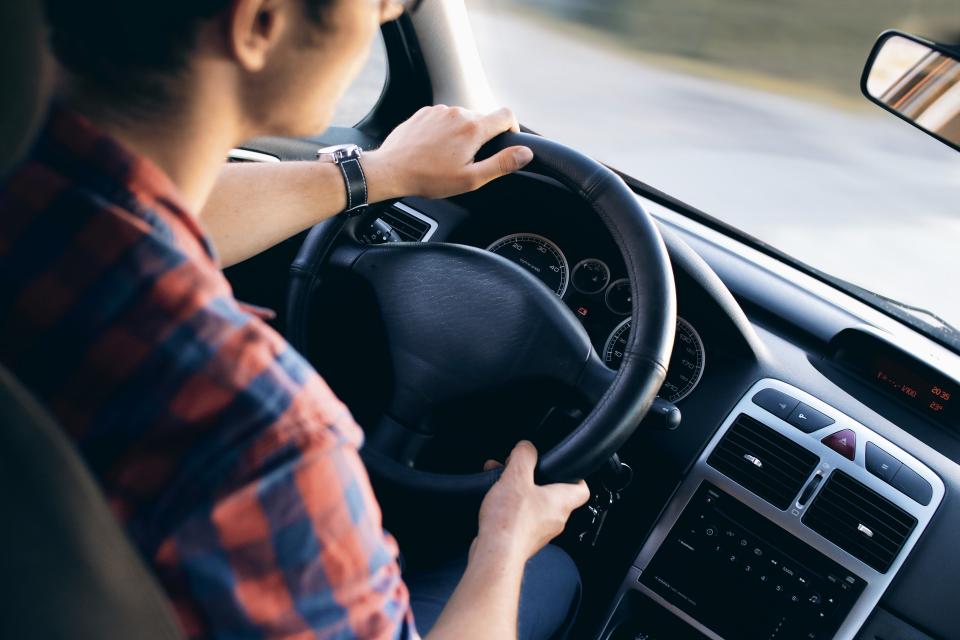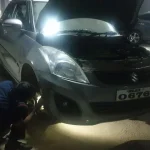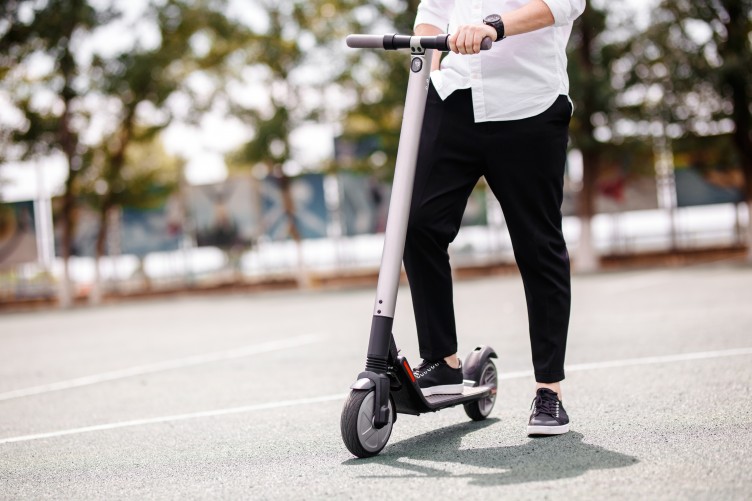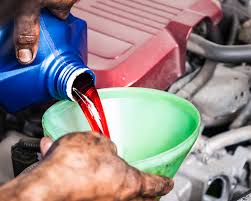As you begin the process of teaching your teen driver, you should be aware of the basic rules for success.
Let your teen take the initiative. Not every teen is ready at 15 or 15 1/2 or 16 to begin learning to drive. Once you feel that he or she is ready, express that feeling and then wait for your teen to approach you. Don’t push the issue – an overly anxious teen driver can be a dangerous thing.
Plan ahead. When you start working behind the wheel, know ahead of time where you are going and what you are going to do. Let your teen know the area in which he or she will be driving and what skills you will be working on.
Remember you are the coach. Your role as the teen driver’s parent is to coach him or her through the basics of driving. Avoid talking down to your teen or getting upset. Try not to generalize with comments like “You’re too distracted.” Be specific in what you want them to do.

Praise the good performance.
Correct by asking questions. Rather than saying things like, “You’re going to get a speeding ticket if you don’t slow down,” try a question-asking approach such as “What’s the speed limit here?” Teach them to be aware of their surroundings by asking questions.
Start slow and build up. When you start out with your teens, go to an empty parking lot and spend a lot of time starting, stopping and turning.
When they are comfortable there, move on to a quiet residential area with fewer cars. Then move onto streets with heavier traffic. We need to help our teen learners develop confidence in the very basic skills before moving on.
Be constantly aware. One of the hardest things about safe driving is being aware of your surroundings. But for a new driver, that 360-degree awareness is not a skill which they have yet mastered. So you will need to be the one who watches on all four sides of the car.
Be careful with directions. Give your teens lots of notice when you want them to do something. For example, rather than saying “Turn left now,” try anticipating and say, “We will be turning left in the next block.” Also, only use the word “right” for a direction. When your teen does something well, tell them they did it “correctly.”
Set realistic goals. I have found that the number of times we drive with our teens is more important than the amount of time in each session. At the beginning, limit your practice time to 15 to 20 minutes at a time. As your teen’s confidence increases, you can extend practice times.
Start off in daylight and good weather. As your teen is developing their driving skills, try to focus on daytime driving and when road conditions are good.
Set a good example. As mentioned earlier, your driving is your teen’s best example. So try to follow good driving practices as you drive with your teen as a passenger. If you try to bear the yellow light from turning red, so will them. If your lane changes are too quick, theirs will be too. Drive the way you hope they will drive when you are not with them.
Essential Skills Teen Drivers Need Most
What is it that teens need to learn to be a safe driver? Here is a checklist of what you and their driver’s education professional will need to emphasize during their process of learning to drive.
The Vehicle Itself
- Mirrors
- Seat belts and air bags
- Tire inflation and inspection
- Dashboard warning lights
- Fueling up
- Checking fluids
Basic Operations
- Controlling the car
- Safe turns
- Shifting gears
- Backing up
- Signaling to other drivers
The Five Stages of Learning to Drive
Feeling a little overwhelmed? Well, that’s certainly natural in this situation. We forget sometimes how complex driving a car can be. The key to tackling an overwhelming task is to break it down into steps and work each step. Let’s take a look at one way to put these skills into stages of teaching.
The following five stages of driver’s education will help you figure out how to best help your teen develop good driving skills. In each stage, your teen should be proficient at the skills being taught before moving on to the next stage. Each stage will likely take several behind-the-wheel experiences for your teen, so don’t try to move too fast.
Stage 1: Learning About Your Vehicle
This stage involves a general orientation about how the vehicle works and what the driver needs to know about the car. At the end of the stage, your teen should know:
- How to start and stop the engine
- How to turn on and off headlights and parking (or running) lights
- How to turn on and off and to adjust windshield wipers
- What the various lights on the dashboard mean
- How to fasten seat belts
- How to fuel the vehicle, check the oil and inflate the tires
- How to change a flat tire
- What to do in case of an accident

Stage 2: The Basic Skills
In this stage, the teen driver needs to learn how to maneuver the vehicle and make it do what the driver wants it to. Most of these skills can be learned in an empty parking lot. At the end of this stage, your teen should be able to:
- Make safe turns, both left and right, including signaling
- Stop the car smoothly
- Shift gears if using a manual transmission
- Back the car safely and straight
- Show awareness of his or her surroundings
Stage 3: Interacting with Other Drivers and Distractions
In this stage, your teen will be learning how to operate a vehicle safely with other drivers, parked cars, pedestrians, etc. in their environment. Most of these skills will require beginning on a residential street and moving to a multilane street during the stage. At the end of this stage, your teen should be able to:
- Navigate safely through an intersection, including those with signals, 4-way stops, 2-way stops and uncontrolled intersections
- Make a smooth and safe lane change
- Maintain a “safe cushion” around the vehicle when in traffic
- Drive courteously
- Operate within posted speed limits and obeying traffic signs
- Safely cross railroad tracks
- Use mirrors and check blind spots
Stage 4: Parking and Other Turns
Driving is one thing, but parking can be quite another. There are probably more teen accidents associated with getting in and out of parking spots than from any other cause. Once again, an empty parking lot and a residential street are good places to learn this skill set. At the end of this stage, your teen should be able to:
- Park safely on a hill-facing uphill and facing downhill
- Safely parallel park
- Safely pull into and out of a 90 degree parking space
- Safely pull into and out of a diagonal parking space
- Make a safe U-turn
- Make a safe 3-point turn
Stage 5: Advanced Skills
The skills in this stage are essential, but they are advanced and rely on proficiency in other skills learned in stage 1-4. Don’t try to start on Stage 5 until you feel comfortable that your teen has the stage 1-4 skills well under control. At the end of stage 5, your teen should be able to:
- Drive safely on the freeway, including merging, lane changes, and maintaining safe distances from other vehicles
- Drive safely at night
- Go over the entire session, explaining mistakes, but still accenting the positive.
- Ask your teen to assess how he or she drove and what was learned.
Additional tips
Don’t forget to lead by example. Now that your teen is “driver-aware,” practice sound driving habits when behind the steering wheel. Avoid racing through yellow signal lights, or passing when the center line is solid. Convey that owning a drivers license is a privilege that cannot be taken lightly.
If you are willing to change your car parts all by yourself and want to buy new ones, then all you have to do is to visit our online auto parts store – https://partsavatar.ca/. We care for our customers and that’s why we offer the best quality of products at affordable prices.

Safety is Mark’s top priority. His blog isn’t just advice; it’s a guardian angel for drivers. Stay informed about the latest safety features, and drive with confidence, knowing Mark has your back.












